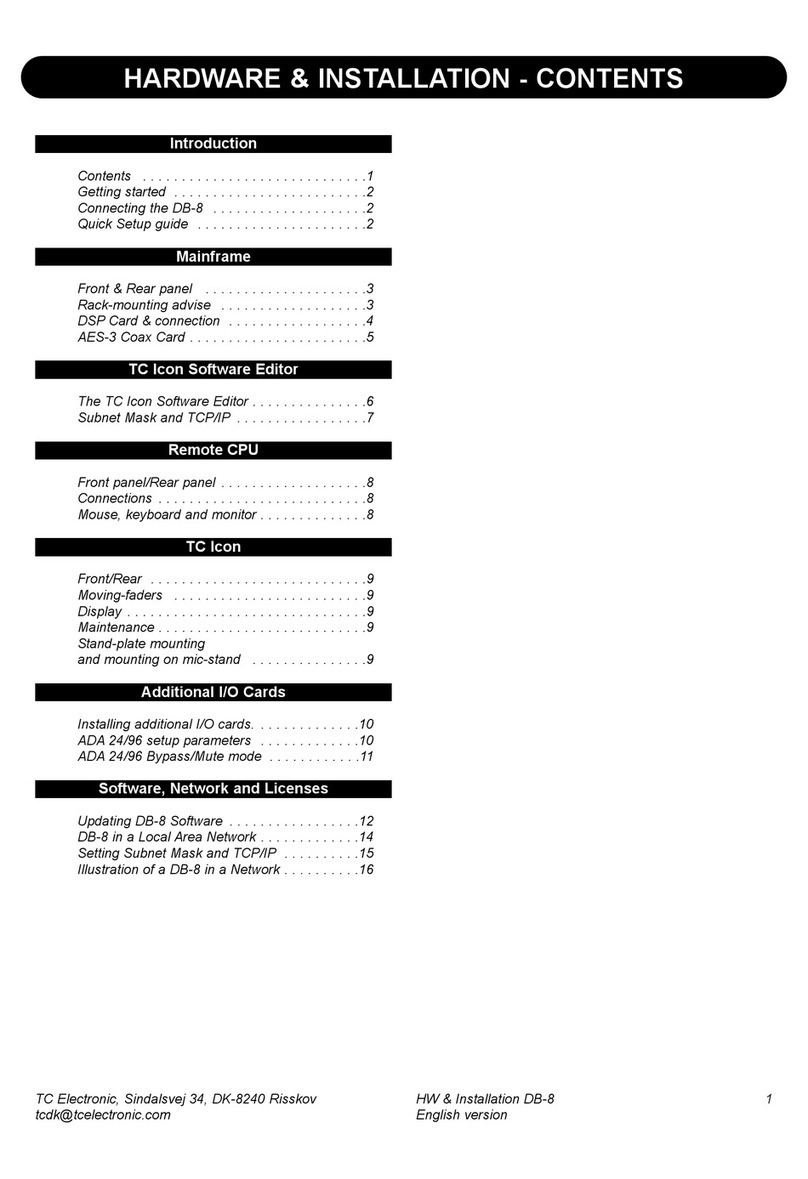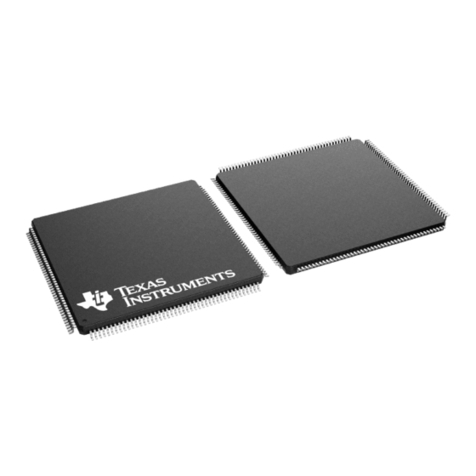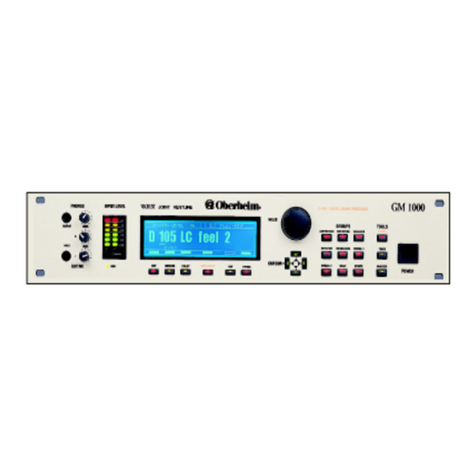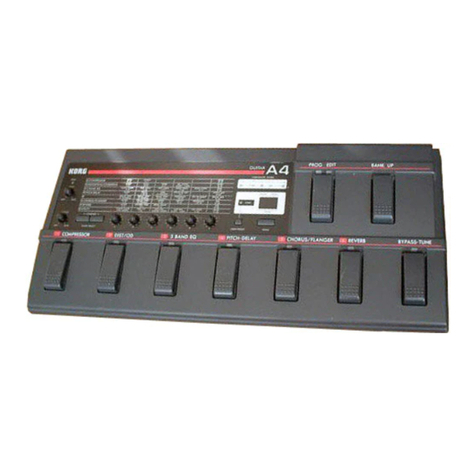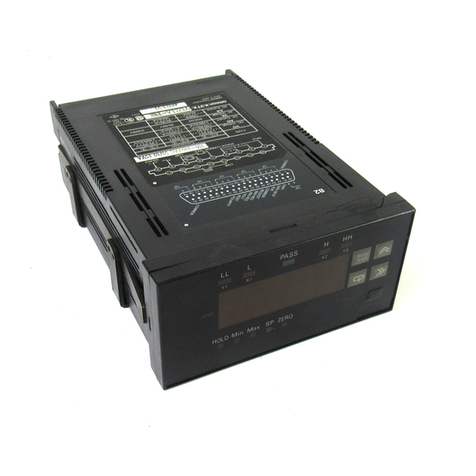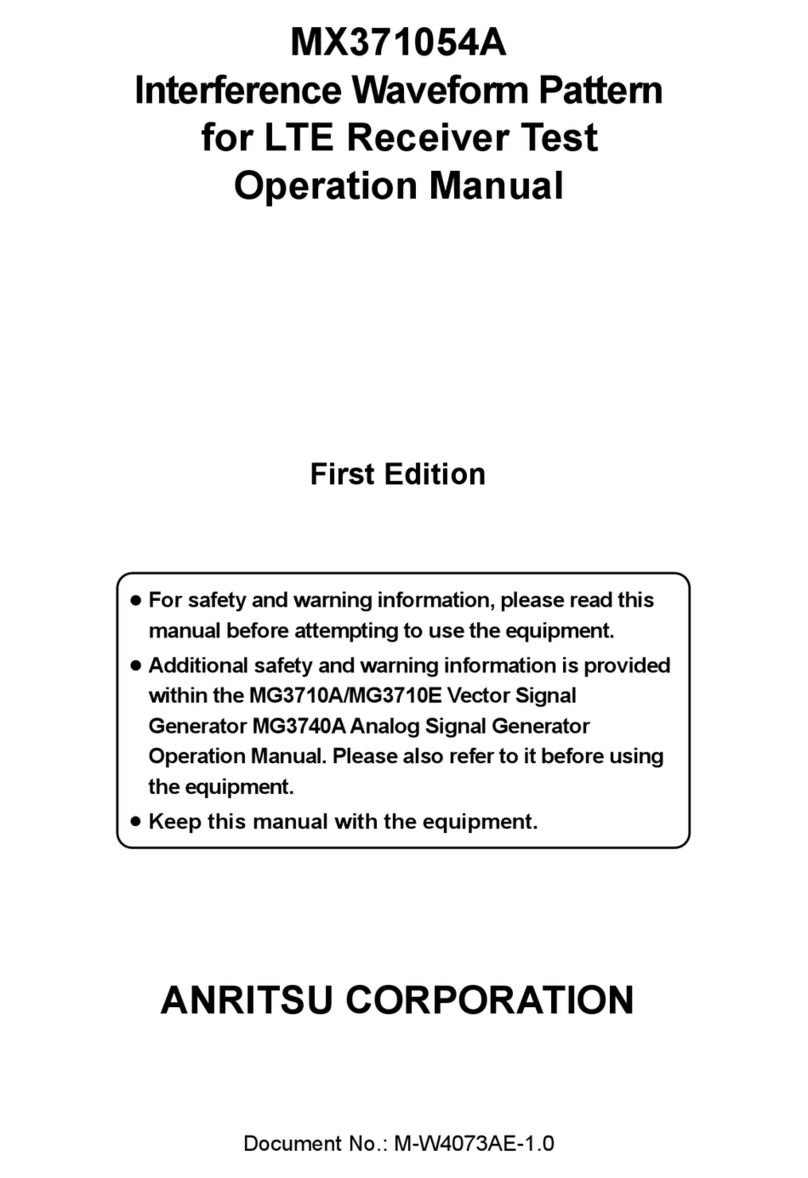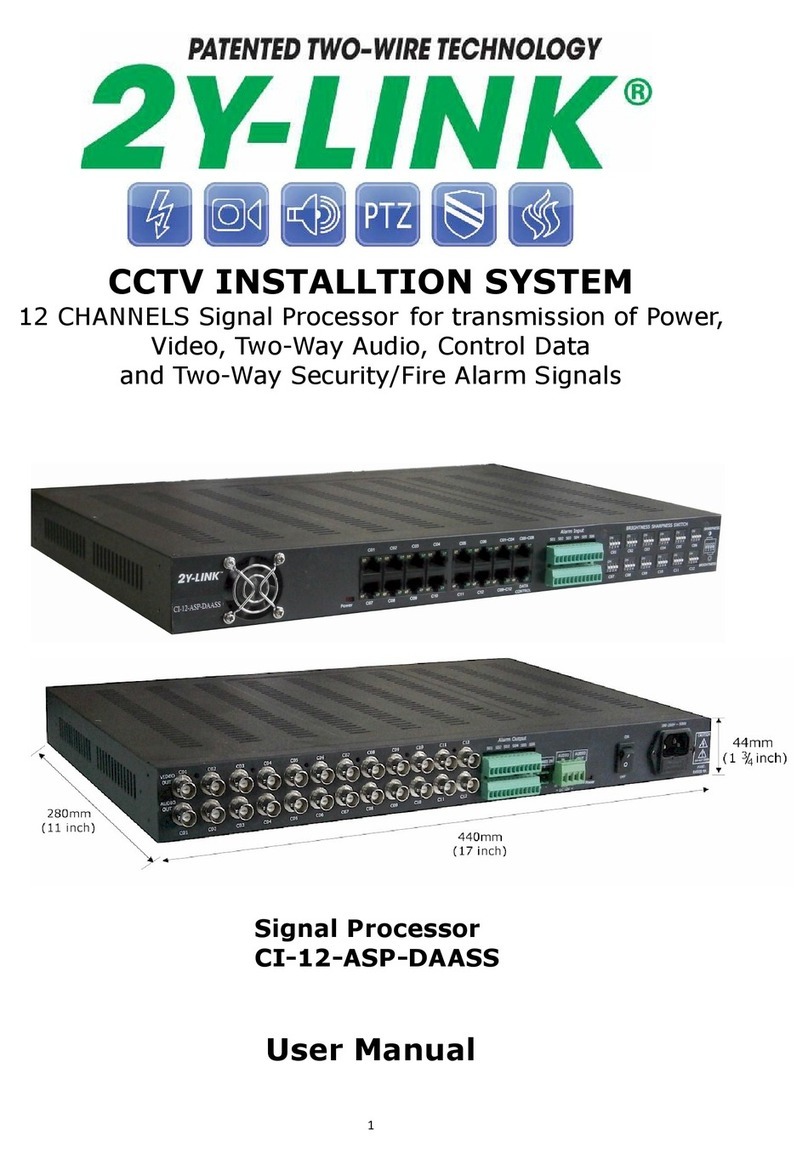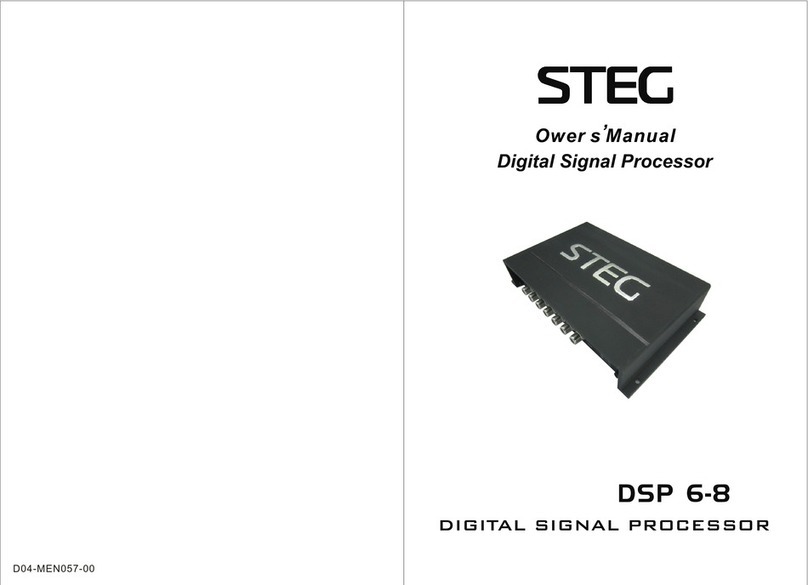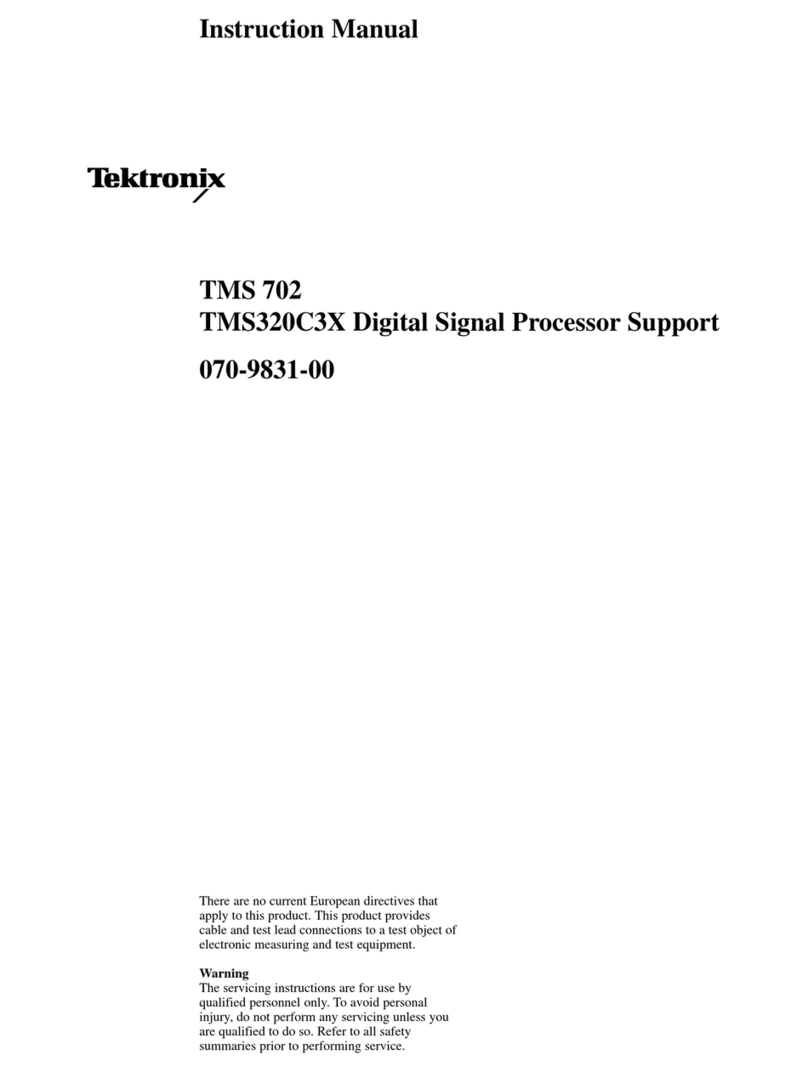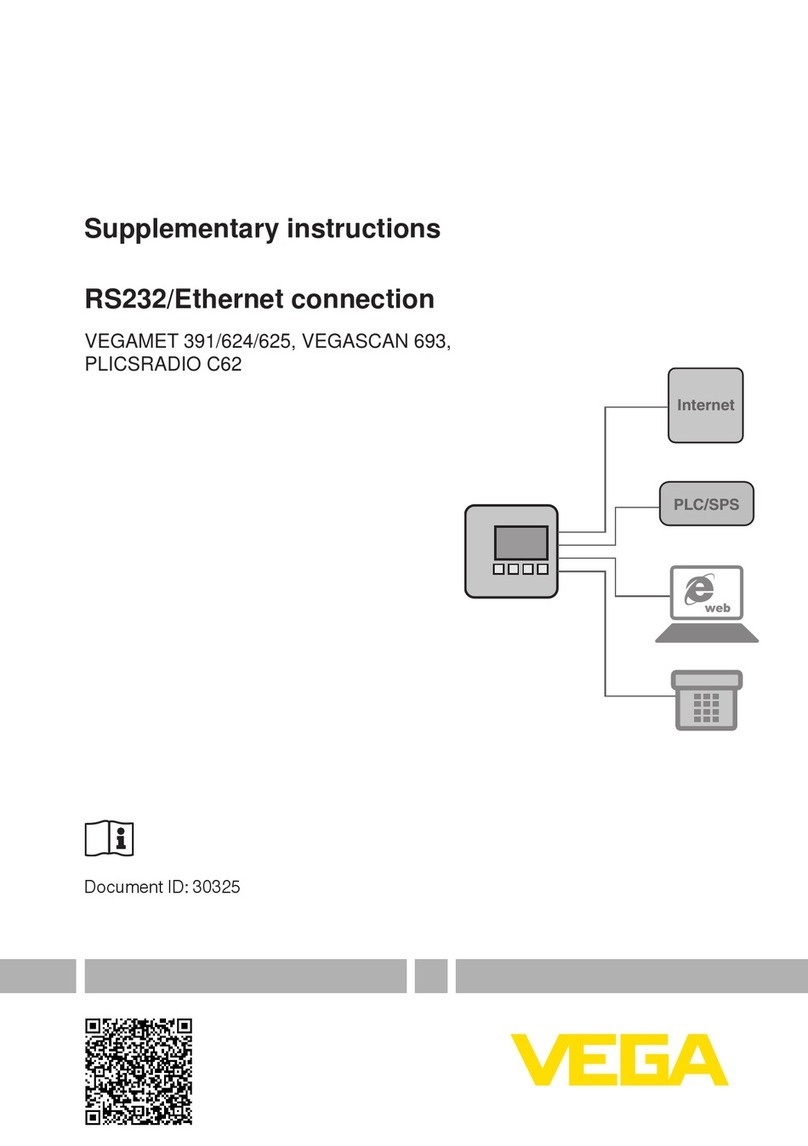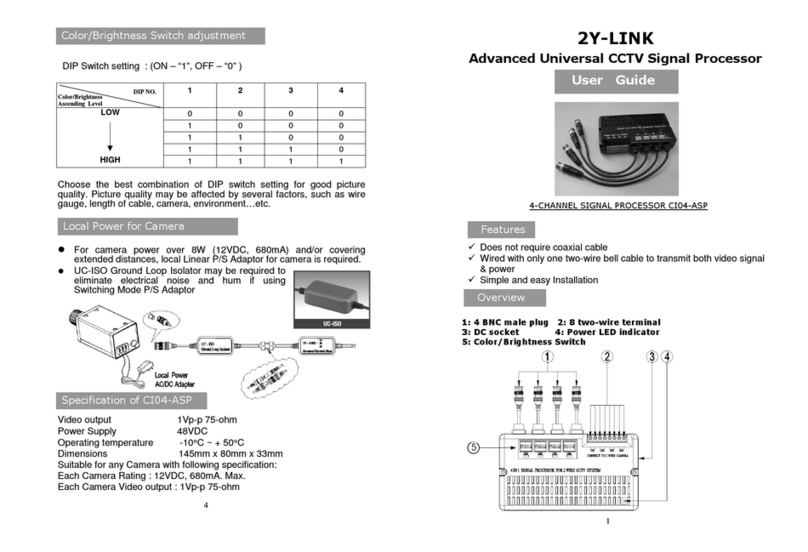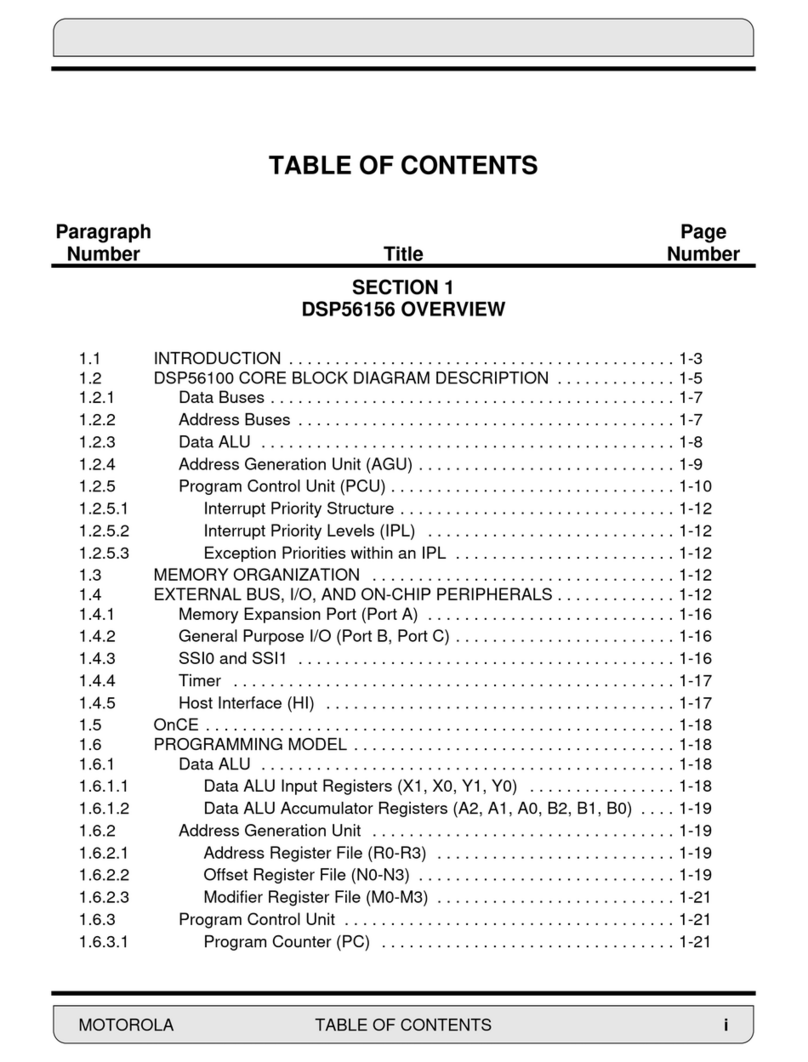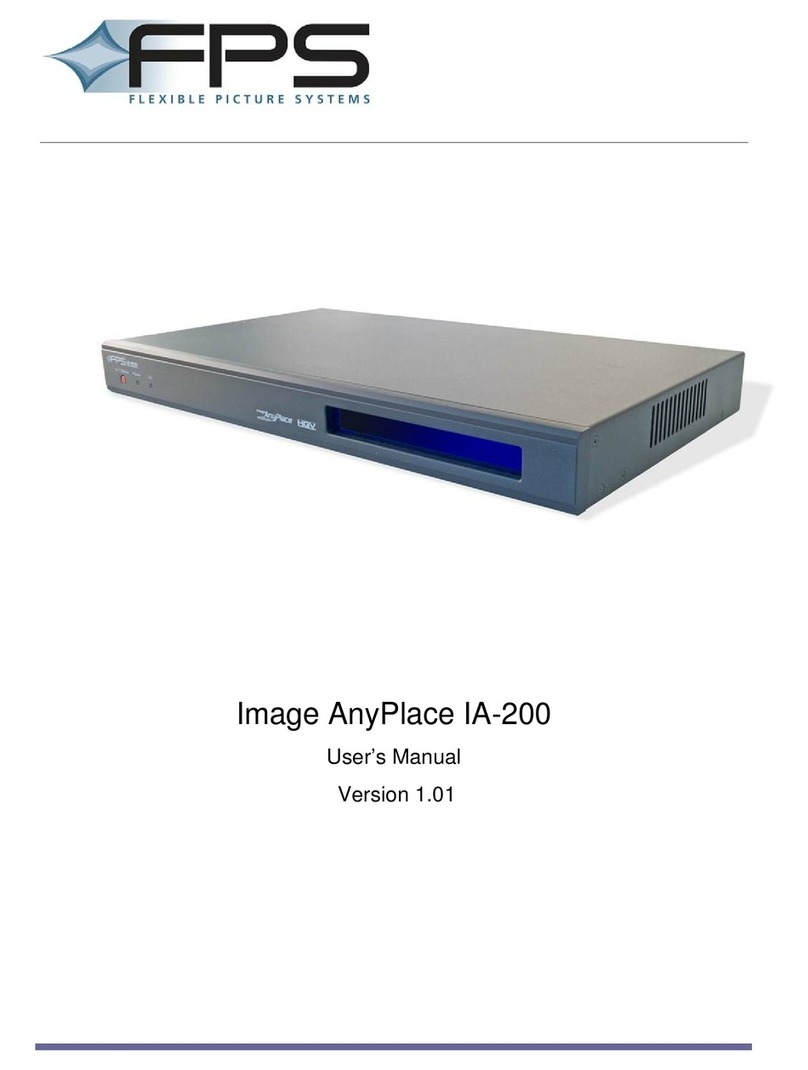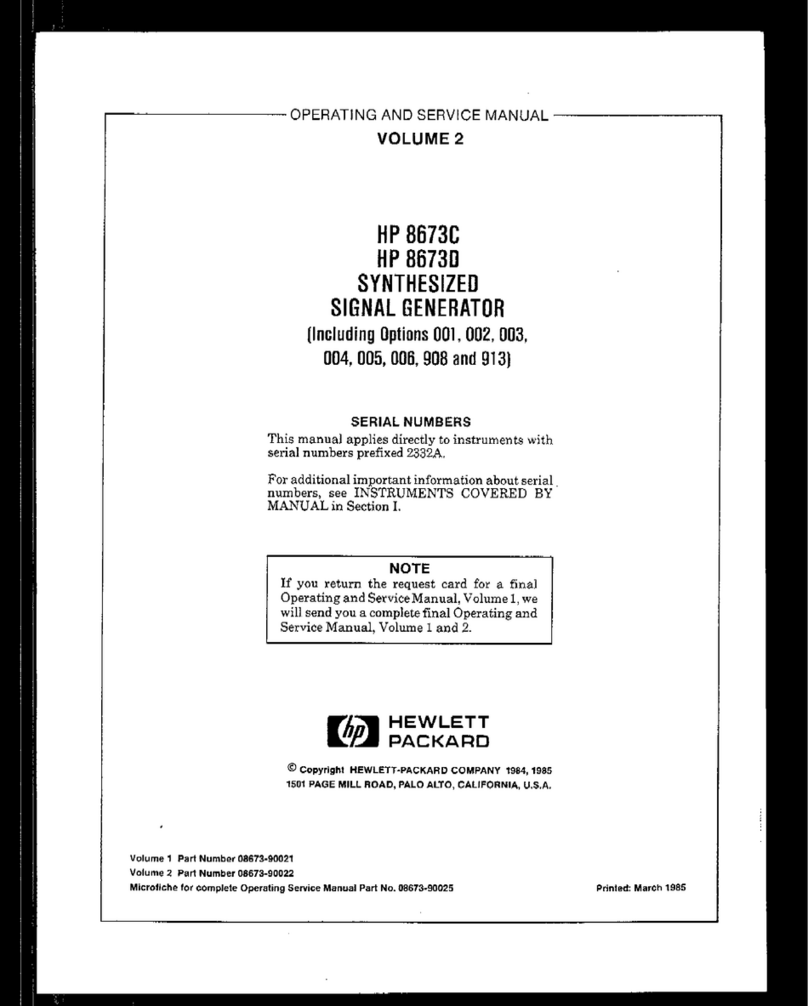
TABLE OF CONTENTS
GENERAL SAFETY SUMMARY .........................................................................................I
1. INTRODUCTION........................................................................................................1
1.1 Scope of Warranty.....................................................................................................................1
1.2 Trademark Acknowledgments...................................................................................................1
1.3 Operating Precautions...............................................................................................................2
1.3.1 Power Supply Voltage........................................................................................................2
1.3.2 Maximum Allowable Input Voltage.....................................................................................2
1.3.3 Mechanical Shock..............................................................................................................2
1.3.4 Electrostatic Damage.........................................................................................................2
1.3.5 Warming Up........................................................................................................................2
2. SPECIFICATIONS......................................................................................................3
2.1 General......................................................................................................................................3
2.2 Features.....................................................................................................................................3
2.3 Specifications ............................................................................................................................5
2.3.1 Compliant Standards..........................................................................................................5
2.3.2 I/O Connectors...................................................................................................................5
2.3.3 I/O Characteristics..............................................................................................................6
2.3.4 Input Signals.......................................................................................................................7
2.3.5 Signal Switching.................................................................................................................7
2.3.6 Fault Detection...................................................................................................................8
2.3.7 Alarm Detection..................................................................................................................9
2.3.8 Key Lock.............................................................................................................................9
2.3.9 External Control Connectors............................................................................................10
2.3.10 General Specifications.....................................................................................................11
3. PANEL DESCRIPTION.............................................................................................12
3.1 Front Panel..............................................................................................................................12
3.2 Rear Panel...............................................................................................................................13
3.3 Top Panel.................................................................................................................................14
4. HOW TO USE...........................................................................................................15
4.1 Attaching Rack Supports.........................................................................................................15
4.2 Connecting and Disconnecting the Power Cord.....................................................................16
4.3 Turning the Power On.............................................................................................................17
4.4 Turning the Power Off .............................................................................................................17
4.5 DIP Switch Settings.................................................................................................................18
4.5.1Setting Method.................................................................................................................20
4.5.2 Setting the channel 1 to 11 input signals.........................................................................20
4.5.3 Setting the LTC Input Signal and OutputAlarm Indication..............................................22
4.5.4 Setting the Fault Detection Speed...................................................................................23
4.5.5 Setting the Fault Detection Reference.............................................................................25


